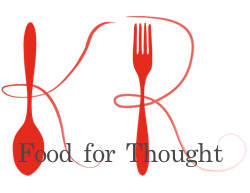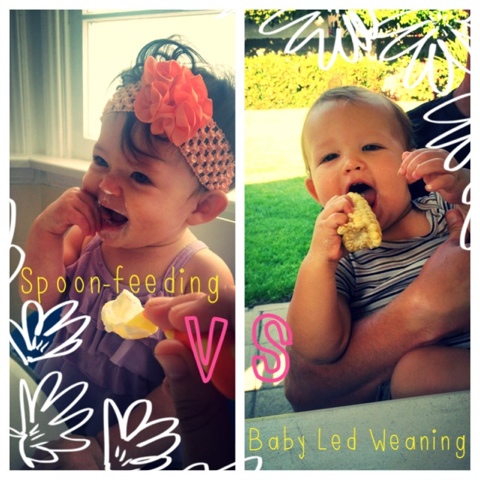"Why have an 'approach' at all?" you might ask. This may seems silly to those who just "do it" and never even consider what their personal "approach" might be. "We just fed you" my mother said when I asked her about what she did for me. "We didn't stop to think about approaches."
 |
| 4 generations of daughters enjoying lunch together. We all were fed in different ways and I'd say we all turned out fairly well! |
I get this. Many people are too busy to consider the intricacies of a feeding style or they inherently trust their parenting skills and would never second guess themselves or confuse things by reading about someone's feeding philosophy. But, many parents don't have this same sense of self-confidence or experience, and because we are more isolated than ever these days, we also don't have family or friends we can easily turn to for guidance. Additionally, if we look around at the incredibly high rates of picky eating childhood and adult obesity as well as the unbelievably high rates of funky childhood diseases, like autism, type II diabetes, asthma, and allergies, and digestive disorders (like Crohn's or Celiac), I think it becomes clear that whatever we have been doing--even when we are confident about it--has not really be working all that well. We need guidance to find a better way. Yes, I know that it's a leap to blame these ailments on the style a parent uses to introduce solids. Of course that's not the full story, but I believe the way we start, often gives way to how we continue to interact with food, mealtimes, feeding and our children over the course of their childhood. We all learn and improve as we go but we also build habits and routines that can be difficult to change. And when picky eating sets in, so does poor nutrition and unhealthy eating, which does contribute in a very real way to childhood and adult illnesses.
So, that being said, looking at theory and approaches can be helpful in terms of understanding what part of each approach works well and what doesn't. It also helps the next person to learn from our mistakes and do it better from the start so that she doesn't have to undo bad feeding habits.
So, in the interest of making things easier and more sucessful, here is a chart that compares the two primary approaches to feeding an infant solid foods: Baby Led Weaning and Traditional Purees.
Baby
Led Weaning Introduction to Solids
| Benefits | Drawbacks |
|
|
Traditional
(Puree) Introduction to Solids
| Benefits | Drawbacks |
|
|


No comments:
Post a Comment